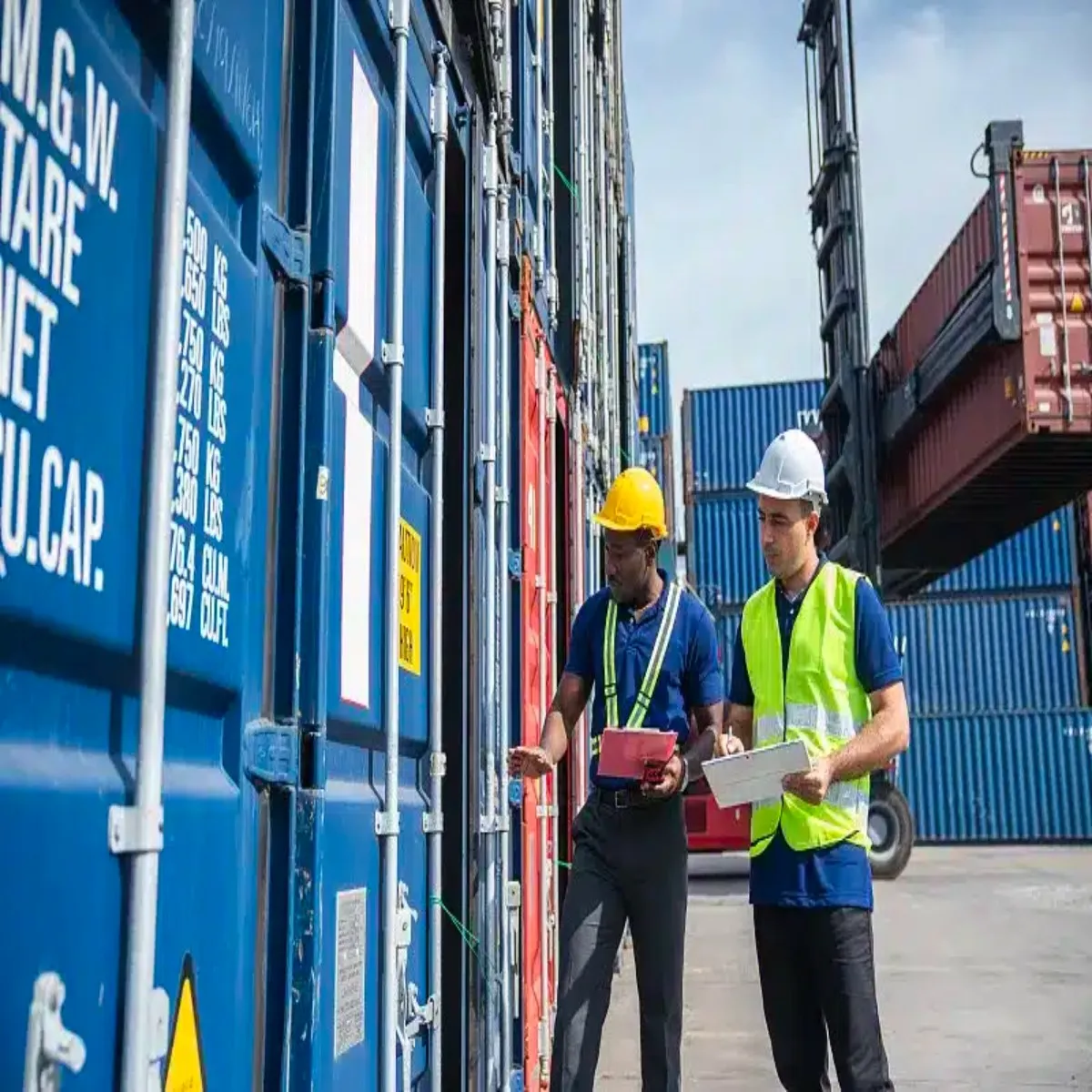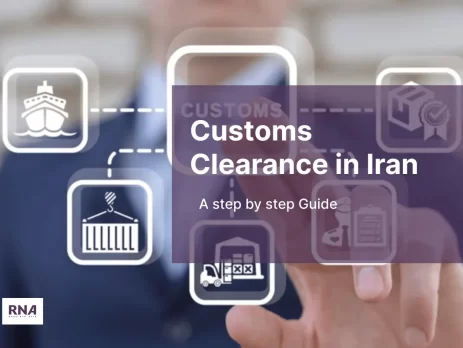International trade is full of opportunities, but it also comes with challenges. One of the most important steps for any trader or merchant working with the Iranian market is customs clearance in Iran. If your goods face issues during customs, your entire supply chain can be delayed.
This guide will explain everything you need to know about the process, requirements, costs, and best practices for customs clearance in Iran. Whether you trade food, livestock, or industrial goods, this information will help you plan better and avoid unnecessary risks.
Why Customs Clearance in Iran Matters
Customs clearance in Iran is the official process that allows imported or exported goods to legally enter or leave the country. Without completing this step, no shipment can move forward.
For foreign traders, it is especially important because:
- It ensures your cargo complies with Iranian trade laws.
- It prevents delays, fines, or seizure of goods.
- It reduces unexpected costs and complications at the borders.
- It allows you to build trust with your local partners and clients.
If you are working with goods that are sensitive, like food products or livestock, correct documentation is even more critical.
Key Authorities Involved in Customs Clearance in Iran
 Several agencies manage customs clearance in Iran, based on the type of goods, these agencies can be:
Several agencies manage customs clearance in Iran, based on the type of goods, these agencies can be:
- Iran Customs Administration (IRICA): The main authority for customs procedures.
- Ministry of Industry, Mine and Trade: Approves import licenses for industrial and commercial goods.
- Ministry of Agriculture Jihad: Oversees livestock, meat, seeds, and other agricultural products.
- Ministry of Health and Medical Education: Controls imports related to food safety and pharmaceuticals.
- Standard Organization of Iran (ISIRI): Ensures imported goods meet local quality standards.
Working with a professional logistics company can help you manage these different agencies efficiently. You can contact us for more information about Irans customs clearance.
Step by Step Process of Customs Clearance in Iran
The process of customs clearance in Iran involves several official steps that every shipment must go through before it can legally move into or out of the country. Understanding these stages helps traders avoid delays and freight forwarding mistakes.
1. Document Preparation
Before your cargo arrives, make sure all paperwork is complete and accurate. Essential documents include:
- Commercial invoice
- Packing list
- Bill of lading or airway bill
- Certificate of origin
- Import license (if required)
- Insurance documents
- Health or phytosanitary certificates for agricultural goods
2. Cargo Arrival and Registration
When your cargo arrive at an Iranian port, airport, or land border, they get registered with customs and receive a unique code. This registration is the first official step in the clearance process.
3. Inspection and Classification
Customs officers inspect the shipment and classify it based on the Harmonized System (HS Code). This classification decides which duties, taxes, or restrictions apply to your cargo.
4. Payment of Duties and Taxes
All import duties, VAT, and other relevant charges must be paid. Rates depend on the type of product, its declared value, and any trade agreements between Iran and your country.
5. Customs Release
After inspection and payment, customs gives a release order. Your goods are now free to enter the Iranian market or or continue in transit to another country.
Challenges Traders Face with Customs Clearance in Iran
While the process of custom clearance may seem simple, many traders face challenges like:
- Complex paperwork: Missing one document can delay your shipment for weeks.
- Language barrier: Most procedures are in Farsi, which creates challenges for foreign traders.
- Changing regulations: Rules may change suddenly, especially for sensitive goods like food or livestock.
- Inspection delays: Ports can get crowded, and physical inspections often take time.
This is why many traders prefer to work with experienced logistics companies that understand local procedures and can act quickly.
Tips to Simplify Customs Clearance in Iran
Here are some practical ways to make the customs clearance and shipping products through Iran easier for you:
- Work with a local representative: Having someone in Iran who knows the system helps you avoid mistakes.
- Prepare documents in advance: Always check that invoices, licenses, and certificates are accurate.
- Choose reliable partners: Not all customs brokers or transport companies are equal. Select one with proven experience.
- Track your shipment: Ask for regular updates so you know the exact status of your cargo.
- Use bonded warehouses: If there are delays in clearance, bonded warehouses allow you to store goods temporarily without paying duties immediately.
At Rasta Nik Asia, we provide step by step guidance and reporting, so our clients always know where their goods are in the process. To learn more about how you can track your shipments with Rasta Nik Asia, call us today or send us an Email.
Customs Clearance in Iran for Different Goods
Customs Clearance for Food Products
Food shipments must follow strict health and safety controls. Importers need to provide health certificates and get approval from the Ministry of Health. Inspections are detailed to make sure the products meet Iranian food safety standards before they are released.
Customs Clearance for Livestock and Agricultural Goods
For agricultural goods, livestock, seeds, and related items, veterinary or phytosanitary certificates are mandatory. These shipments are carefully reviewed by the Ministry of Agriculture Jihad to prevent diseases and protect local farming.
Customs Clearance for Industrial Goods and Machinery
Industrial equipment, spare parts, and heavy machinery require import licenses and must meet Iranian technical standards. Because documentation errors are common in this category, it is important to double check all papers to avoid costly delays.
Costs Involved in Customs Clearance in Iran
The costs of customs clearance are different based on the type and value of your goods and cargo. You should prepare for:
- Import duties (percentage based on HS Code)
- Value Added Tax (VAT)
- Customs service fees
- Inspection and certification fees
- Storage charges (if clearance is delayed)
Understanding these costs in advance helps you manage your budget and avoid surprises.
How Rasta Nik Asia Helps with Customs Clearance in Iran
At Rasta Nik Asia, we specialize in helping foreign traders from CIS countries, India, China, Turkey, the UAE, and beyond. Our services include:
- 24/7 availability: We are always reachable for updates.
- Detailed reporting: Clients receive clear, simple updates about their shipments.
- Strong local presence: Our agents are active at every major Iranian border, port, and airport.
- Problem-solving: If an issue arises, we find the fastest and most effective solution.
By handling customs clearance in Iran professionally, we let you focus on your trade without worrying about logistics. Contact us today and our team at Rasta Nik Asia will guide you through every step of the clearance process with speed, transparency, and reliability.
Conclusion
Customs clearance in Iran is a crucial step for any international trader. With the right preparation, documents, and local support, you can avoid delays and keep your supply chain running smoothly.
At Rasta Nik Asia, we provide reliable customs clearance and logistics services to make your trading experience in Iran stress-free.
Contact our team today to discuss your shipment and get a tailored customs clearance solution for your business.

